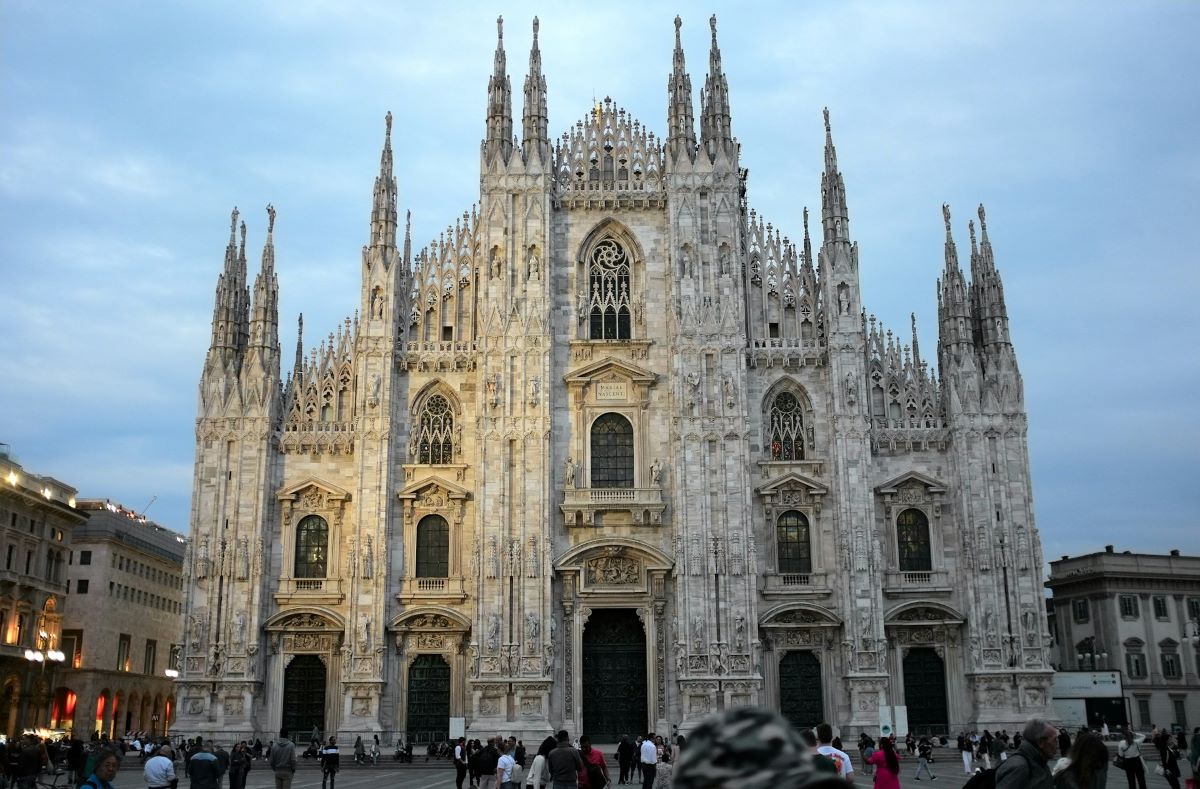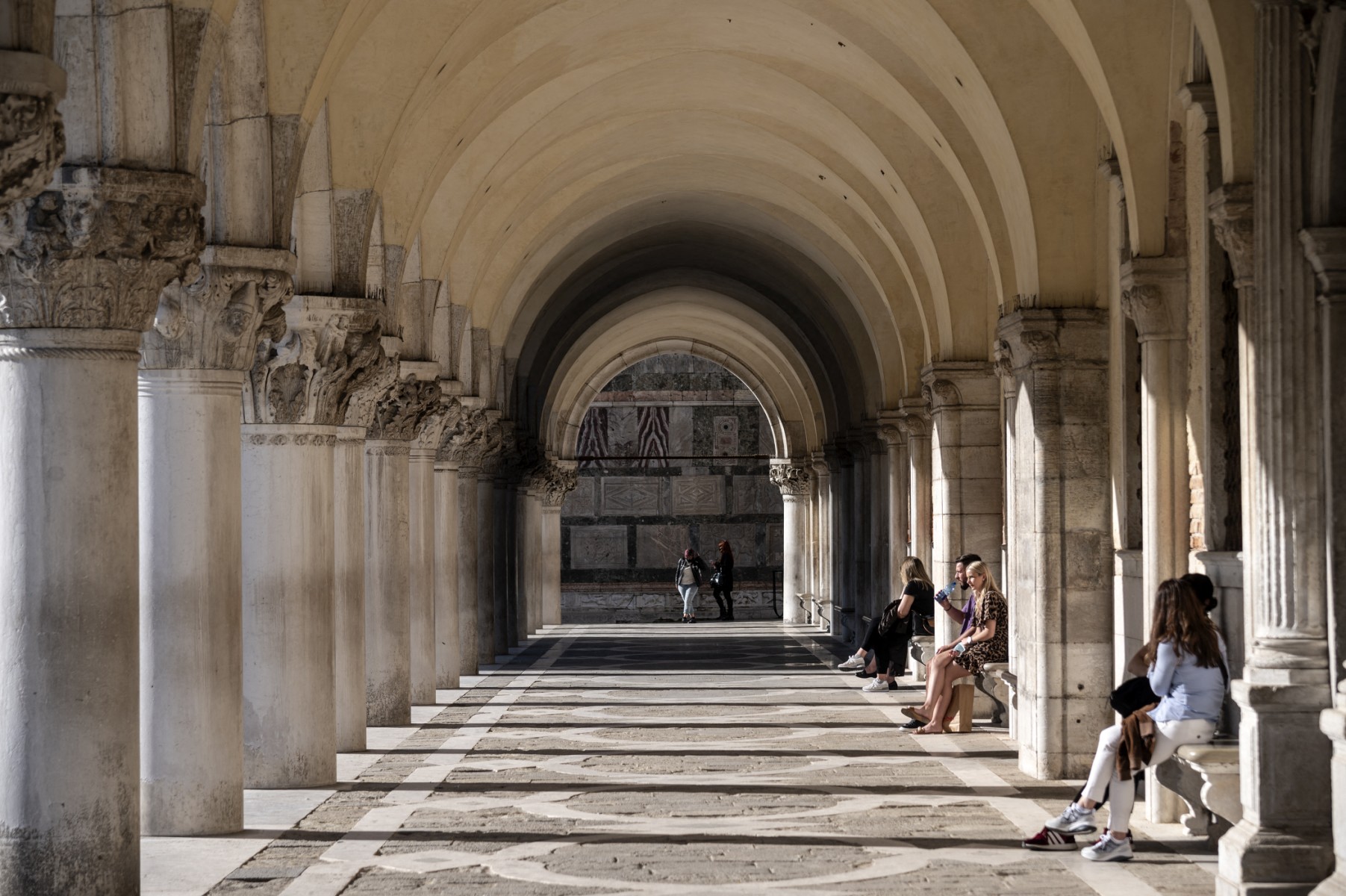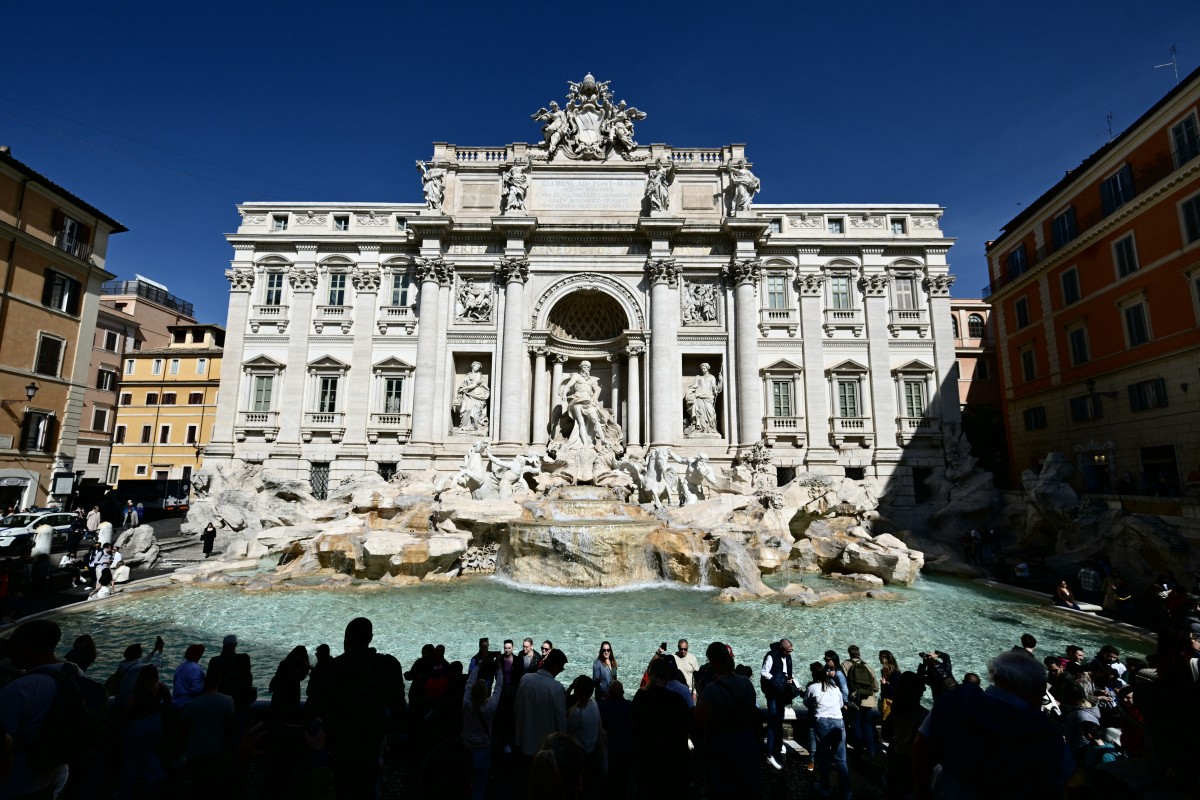The new plan to lower the number of tourists visiting the UNESCO World Heritage site calls for day-trippers to pay a five-euro ticket to enter the historic city centre and is due to start on April 25th.
Although the new policy was announced in September, the city had not provided details on how it would be implemented, causing speculation that the city could install turnstiles or other drastic measures.
But at a press conference in Rome on Thursday, Mayor Luigi Brugnaro promised “very soft controls” and “without queues”, saying that the city would carry out spot checks on tourists to make sure they are armed with a QR code.
“This is an experiment, and the first time it’s been done anywhere in the world,” he said.
“Our aim is to make Venice more liveable.”
READ ALSO: How will Venice’s ‘tourist tax’ work?
At peak times, some 100,000 tourists spend the night in the city, with tens of thousands other people visiting just for the day.
This compares with a population of under 50,000 in the city centre, which is steadily shrinking.
This year, only 29 peak tourist days will be affected by the new tax, which begins April 25 and continues nearly every weekend from May to July.

“Venice Access Fee”
The “Venice Access Fee” targets only daily tourists entering the old town between 8:30am and 4pm. Exempt are those tourists staying in hotels, minors under 14, and the disabled, among other categories.
For five euros, a QR code can be downloaded from the official website, available in English, Spanish, French, German and, of course, Italian. Other languages will be added.
Residents and their families do not have to pay the fee, while tourists staying in hotels will be provided with a free QR code, the mayor said.
READ ALSO: The Italian tourist destinations bringing in restrictions this summer
Controllers will be stationed in and around the city’s main entrances, notably the Santa Lucia train station, performing spot checks on visitors.
Tourists without their ticket will be invited to purchase one on arrival, with the help of local operators. But they could also risk fines ranging from 50 to 300 euros.
For the time being, there is no limit on the number of QR codes distributed each day: “We need to find the true number of visitors,” Brugnaro said.
The main aim of the project is to discourage day-trippers, who contribute to the overcrowding of the city, world-famous for its works of art, bridges and canals, and a UNESCO World Heritage Site since 1987.






 Please whitelist us to continue reading.
Please whitelist us to continue reading.
Not sure though at only 5€ people will both getting the code, irrespective of spot checks. If there is substantial fine in place, then ‘maybe’ visitors will bother. Surely a QR cde at every entry point to scan would be better, that everyone has to scan. No code no entry?